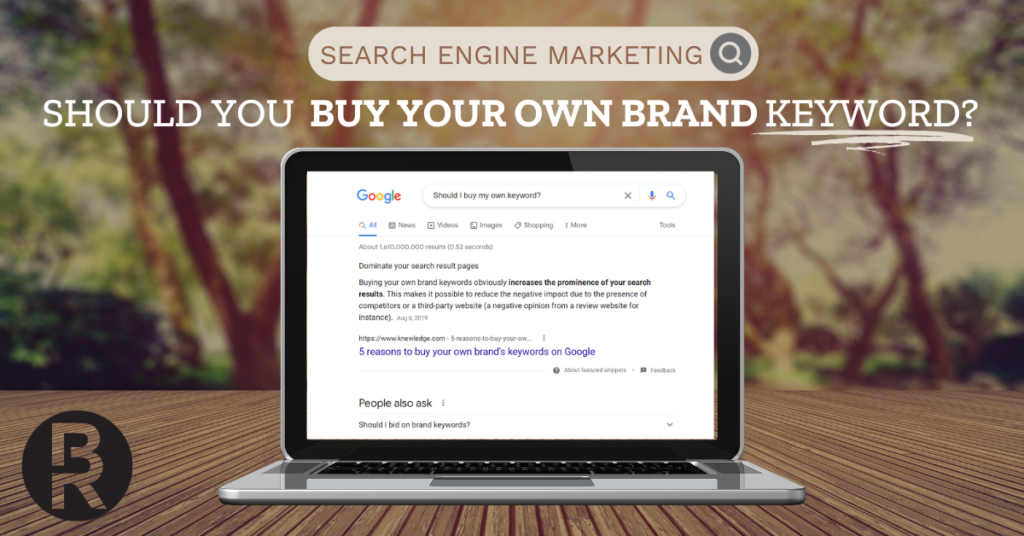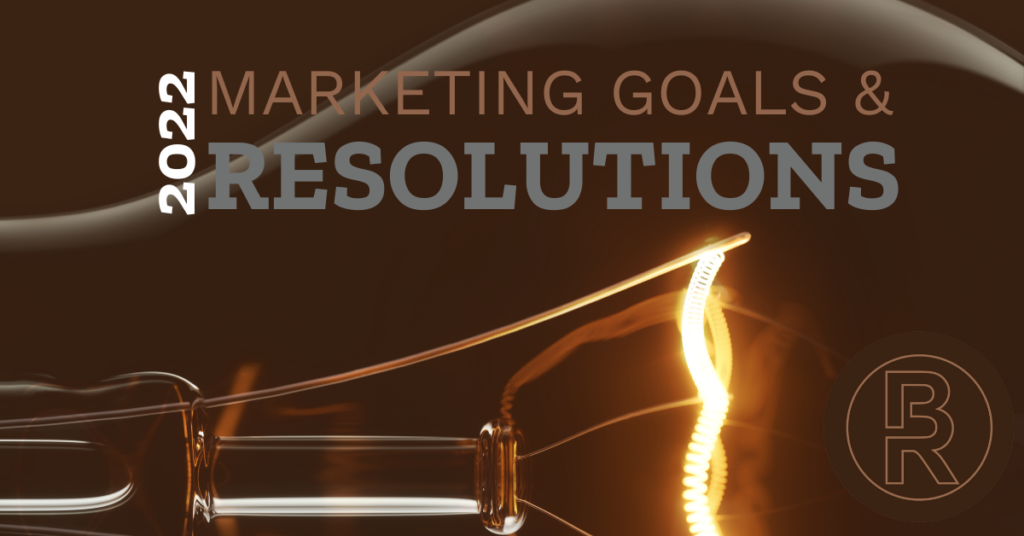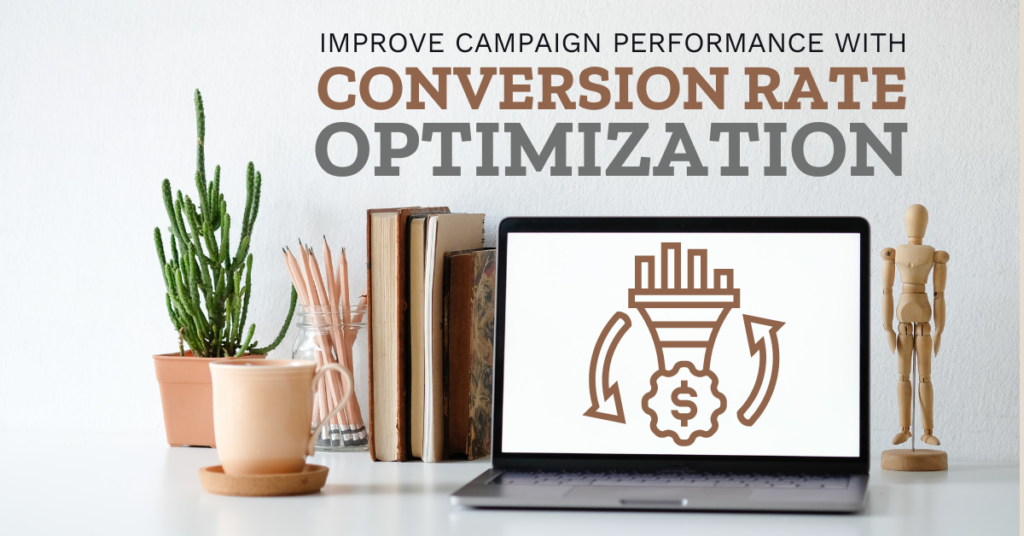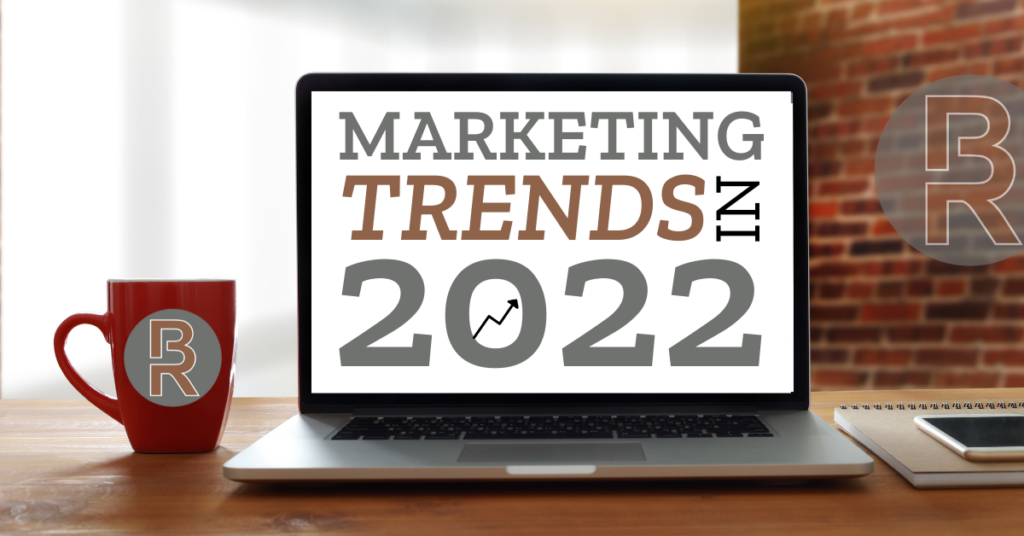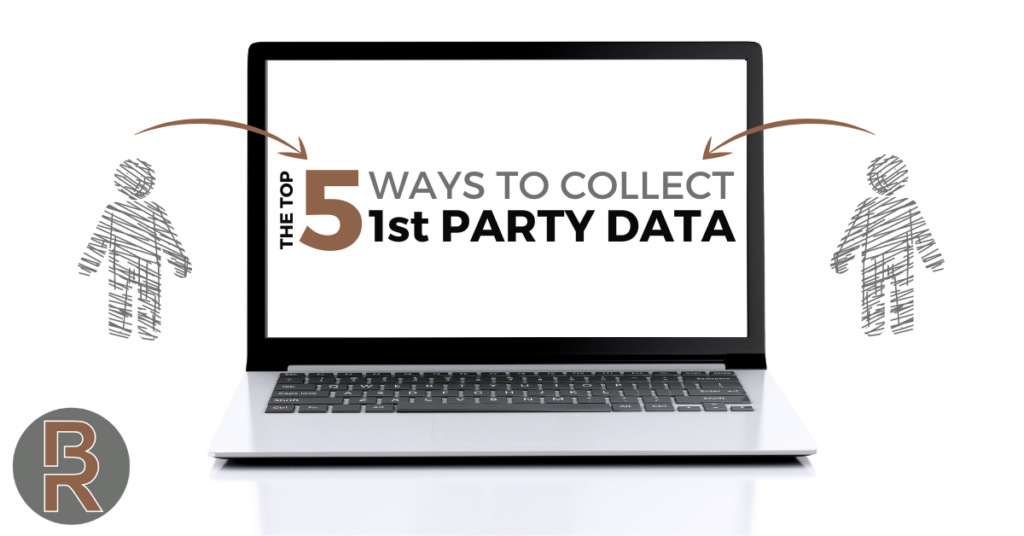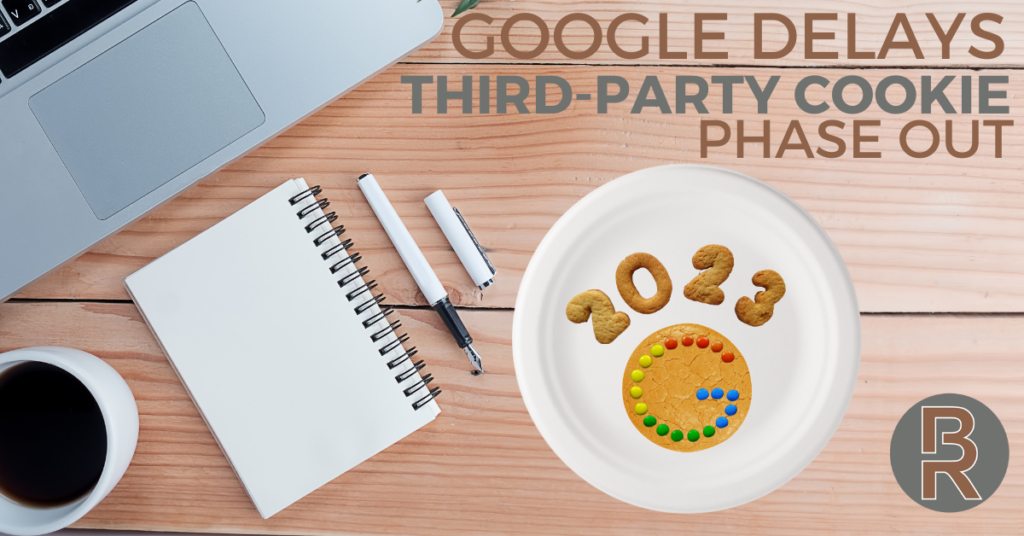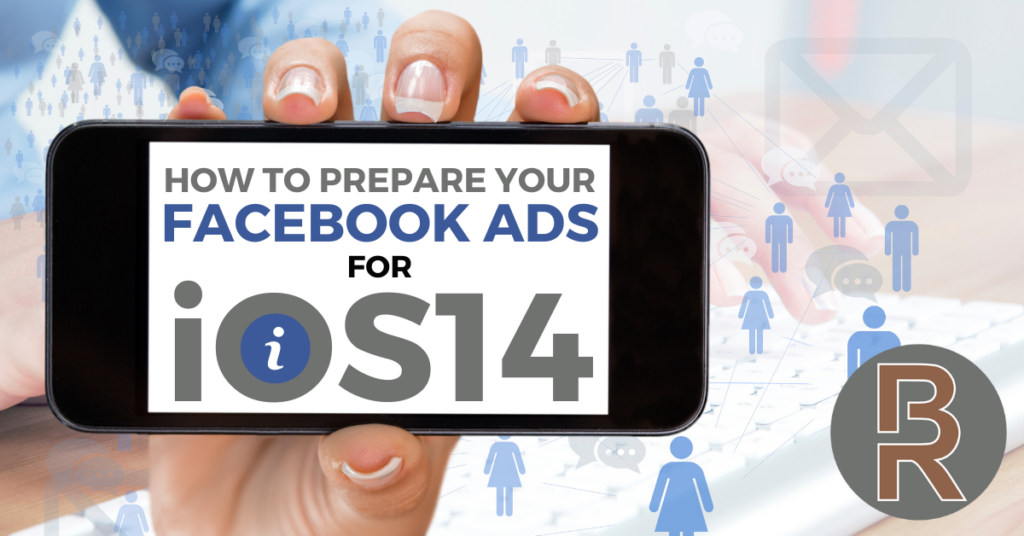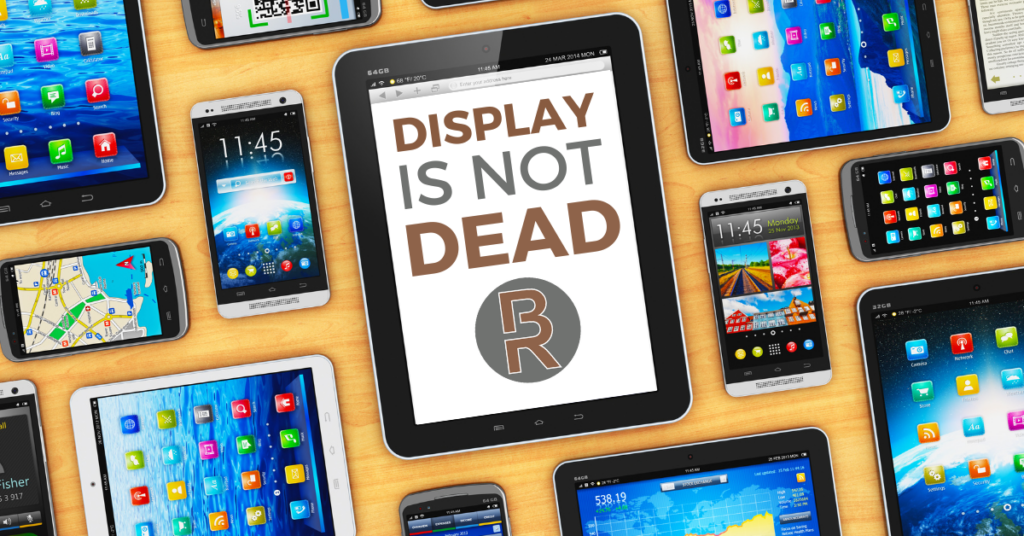Buying Your Brand Keyword: 4 Scenarios to Consider
Are you thinking about buying your brand keyword for a search ad campaign? If you (or the digital marketing agency that manages your ads) is bidding on your brand keyword, you might want to consider if this is a good strategy for your business. What are the benefits of this strategy and are there […]
Buying Your Brand Keyword: 4 Scenarios to Consider Read More »

